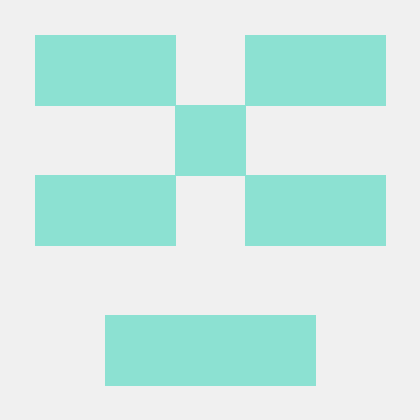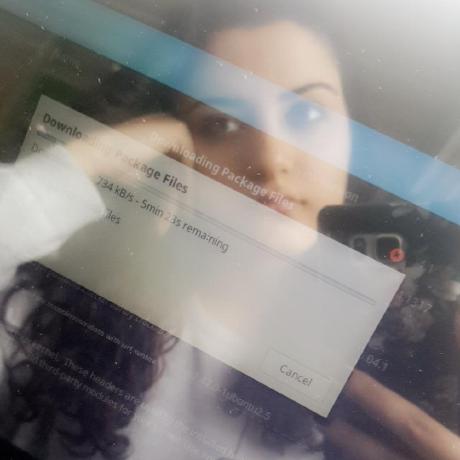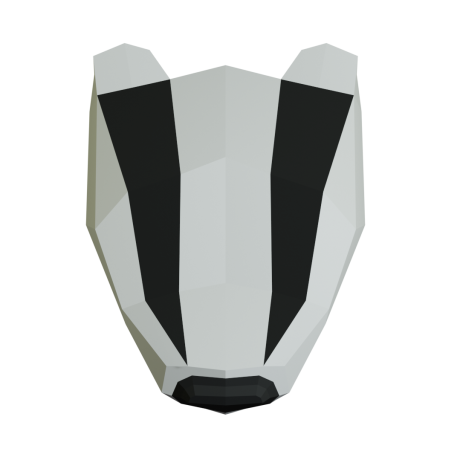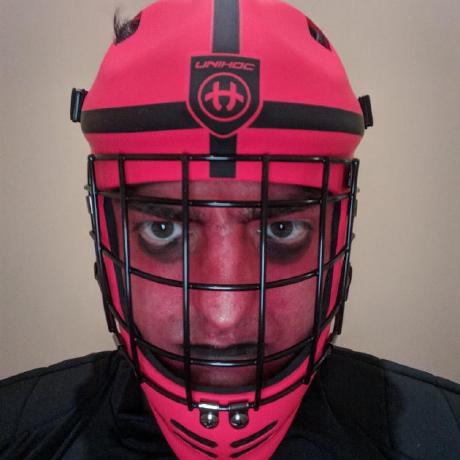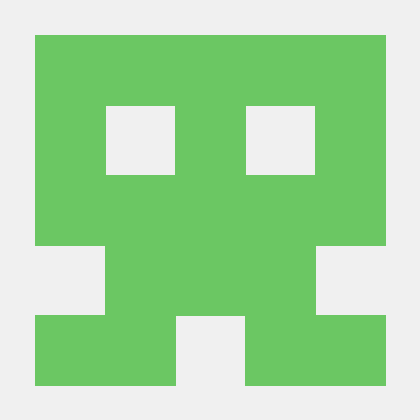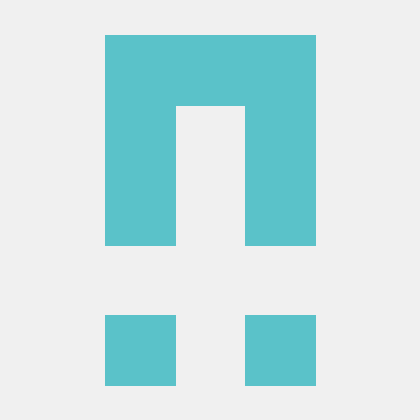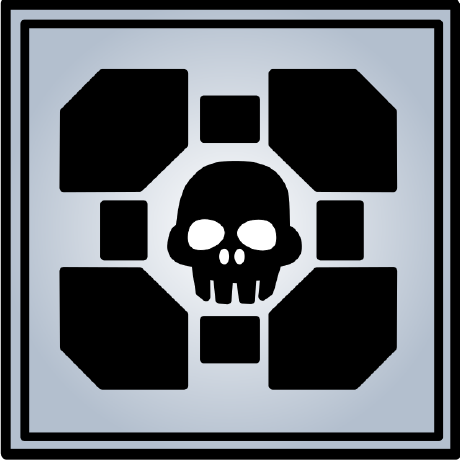Gaphor is the simple modeling tool written in Python.
Project description
Gaphor 
Gaphor is the simple modeling tool for UML.
Gaphor is a simple and easy to use modeling tool for UML. It is aimed at beginning modelers who want a simple and fast tool so that they can focus on learning modeling of software and systems. It is not a full featured enterprise tool.
:bookmark_tabs: Table of Contents
:scroll: Background
Gaphor is a UML modeling application written in Python. It is designed to be easy to use, while still being powerful. Gaphor implements a fully-compliant UML 2 data model, so it is much more than a picture drawing tool. You can use Gaphor to quickly visualize different aspects of a system as well as create complete, highly complex models.
Gaphor is designed around the following principles:
- Simplicity: The application should be easy to use. Only some basic knowledge of UML is required.
- Consistency: UML is a graphical modeling language, so all modeling is done in a diagram.
- Workability: The application should not bother the user every time they do something non-UML-ish.
Gaphor is built on Gaphas, which provides the foundational diagramming library. It is a GUI application that is built on GTK and cairo, PyGObject provides access to the GUI toolkit, and PyCairo to the 2D graphics library.
:floppy_disk: Install
Windows
To install Gaphor on Windows you an use the latest Gaphor.exe installer. There are two versions:
- Full Windows installation
- Portable installation
Linux
To install Gaphor in Linux use Flatpak:
- Install Flatpak
flatpak remote-add --user --if-not-exists flathub https://dl.flathub.org/repo/flathub.flatpakrepoflatpak install --user flathub org.gaphor.Gaphor
Alternatively, you can download the latest gaphor-linux.tar.gz.
macOS
We are still working on packaging GTK with Gaphor and it is currently an installation pre-requisite.
- Install homebrew
- Open a terminal and execute:
$ brew install gobject-introspection gtk+3
Then install Gaphor on macOS using the [latest gaphor-macOS.dmg
installer](https://github.com/gaphor/gaphor/releases).
Note: Sometimes launching the app the first time after installation fails due
to macOS security settings, please attempt to launch it a 2nd time if this
happens.
### PyPI
You can also install Gaphor using a wheel from PyPI.
On Ubuntu 18.04, make sure the following packages are installed:
* libcairo2-dev
* libgirepository1.0-dev
* gobject-introspection (a dependency of libgirepository1.0-dev)
GTK+ 3.x is installed by default.
```bash
$ pip install gaphor
$ gaphor
Use of a virtual environment is highly recommended.
Development
Windows
NOTE: Use of virtual environments with msys2 is currently broken. To setup a development environment in Windows:
- Go to http://www.msys2.org/ and download the x86_64 installer
- Follow the instructions on the page for setting up the basic environment
- Run
C:\msys64\mingw64.exe- a terminal window should pop up
$ pacman -Suy
$ pacman -S mingw-w64-x86_64-gtk3 mingw-w64-x86_64-python3-gobject mingw-w64-x86_64-python3-cairo
$ pacman -S mingw-w64-x86_64-python3-pip mingw-w64-x86_64-python3-setuptools mingw-w64-x86_64-python3-zope.interface
Install git if it isn't already installed in msys2 with pacman -S git
git clone the repository to C:\msys64\home<user>
$ cd gaphor
$ pip3 install -e .
Linux
To setup a development environment with Linux:
$ sudo apt-get install -y python3-dev python3-gi python3-gi-cairo
gir1.2-gtk-3.0 libgirepository1.0-dev libcairo2-dev
$ source ./venv
macOS
To setup a development environment with macOS:
- Install homebrew
- Open a terminal and execute:
$ brew install gobject-introspection gtk+3
$ source ./venv
:flashlight: Usage
Creating models
Once Gaphor is started a new empty model is automatically created. The main diagram is already open in the Diagram section.
Select an element you want to place, for example a Class, by clicking on the icon in the Toolbox and click on the diagram. This will place a new Class item instance on the diagram and add a new Class to the model (it shows up in the Navigation). The selected tool will reset itself to the Pointer tool if the option ''Diagram -> Reset tool'' is selected.
Some elements are not directly visible. The section in the toolbox is collapsed and needs to be clicked first to reveal its contents.
Gaphor only has one diagram type, and it does not enforce which elements should be placed on a diagram.
Create a New Diagram
- Use the Navigation to select an element that can contain a diagram (a Package or Profile)
- Select Diagram, and New diagram. A new diagram is created.
Copy and Paste
Items in a diagram can be copied and pasted in the same diagram or other diagrams. Pasting places an existing item in the diagram, but the item itself is not duplicated. In other words, if you paste a Class object in a diagram, the Class will be added to the diagram, but there will be no new Class in the Navigation.
Drag and Drop
Adding an existing element to a diagram is done by dragging the element from the Navigation section onto a diagram. Diagrams and attribute/operations of a Class show up in the Navigation but can not be added to a diagram.
Elements can also be dragged within the Navigation in order to rearrange them in to different packages.
:heart: Contributing
Thanks goes to these wonderful people (emoji key):
This project follows the all-contributors specification. Contributions of any kind are welcome!
- Check for open issues or open a fresh issue to start a discussion around a feature idea or a bug. There is a first-timers-only tag for issues that should be ideal for people who are not very familiar with the codebase yet.
- Fork the repository on GitHub to start making your changes to the master branch (or branch off of it).
- Write a test which shows that the bug was fixed or that the feature works as expected.
- Send a pull request and bug the maintainers until it gets merged and published. :smile:
:copyright: License
Copyright (C) Arjan Molenaar and Dan Yeaw
Licensed under the Apache License v2.
Summary: You can do what you like with Gaphor, as long as you include the required notices. This permissive license contains a patent license from the contributors of the code.
Project details
Release history Release notifications | RSS feed
Download files
Download the file for your platform. If you're not sure which to choose, learn more about installing packages.














